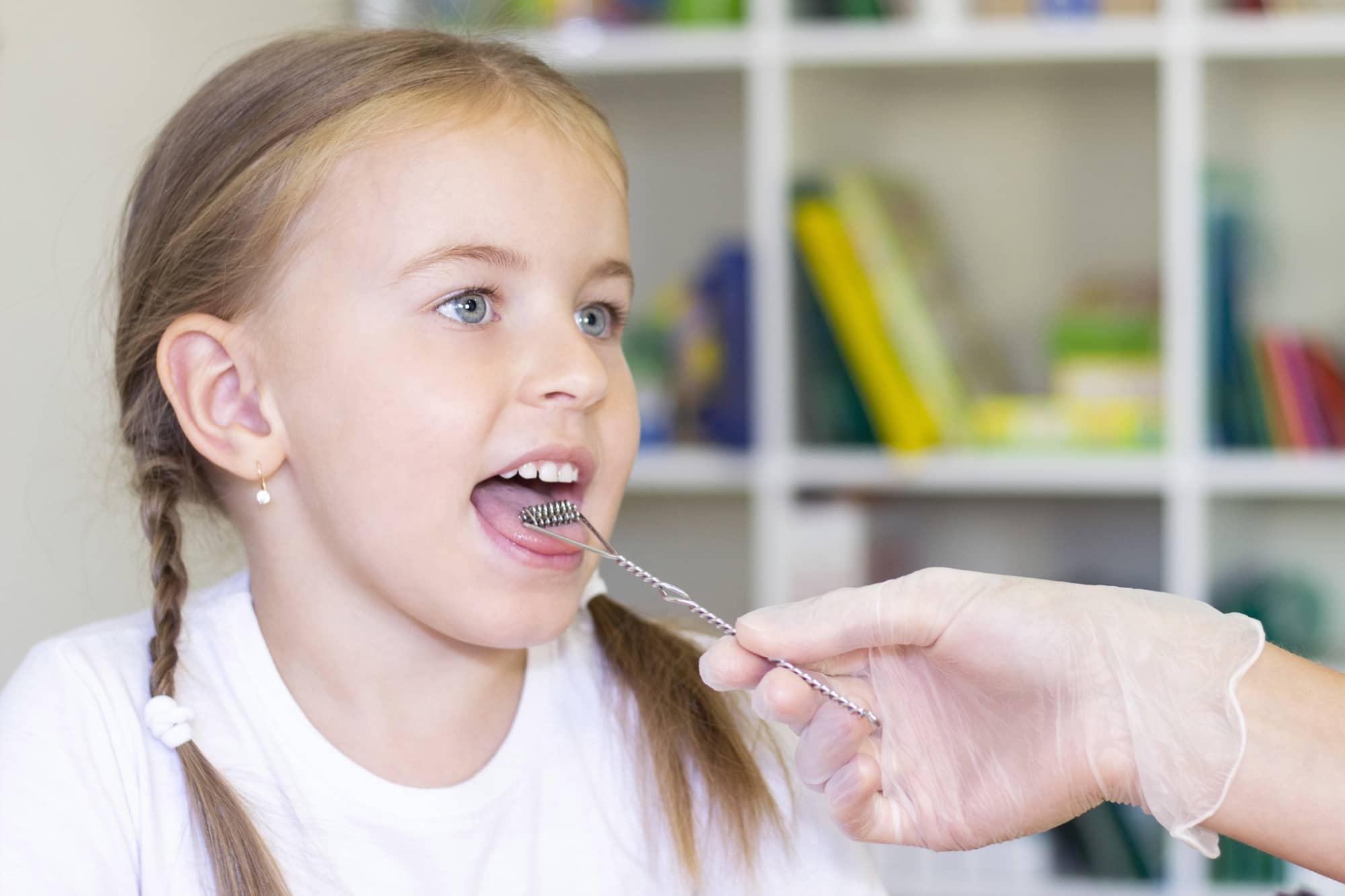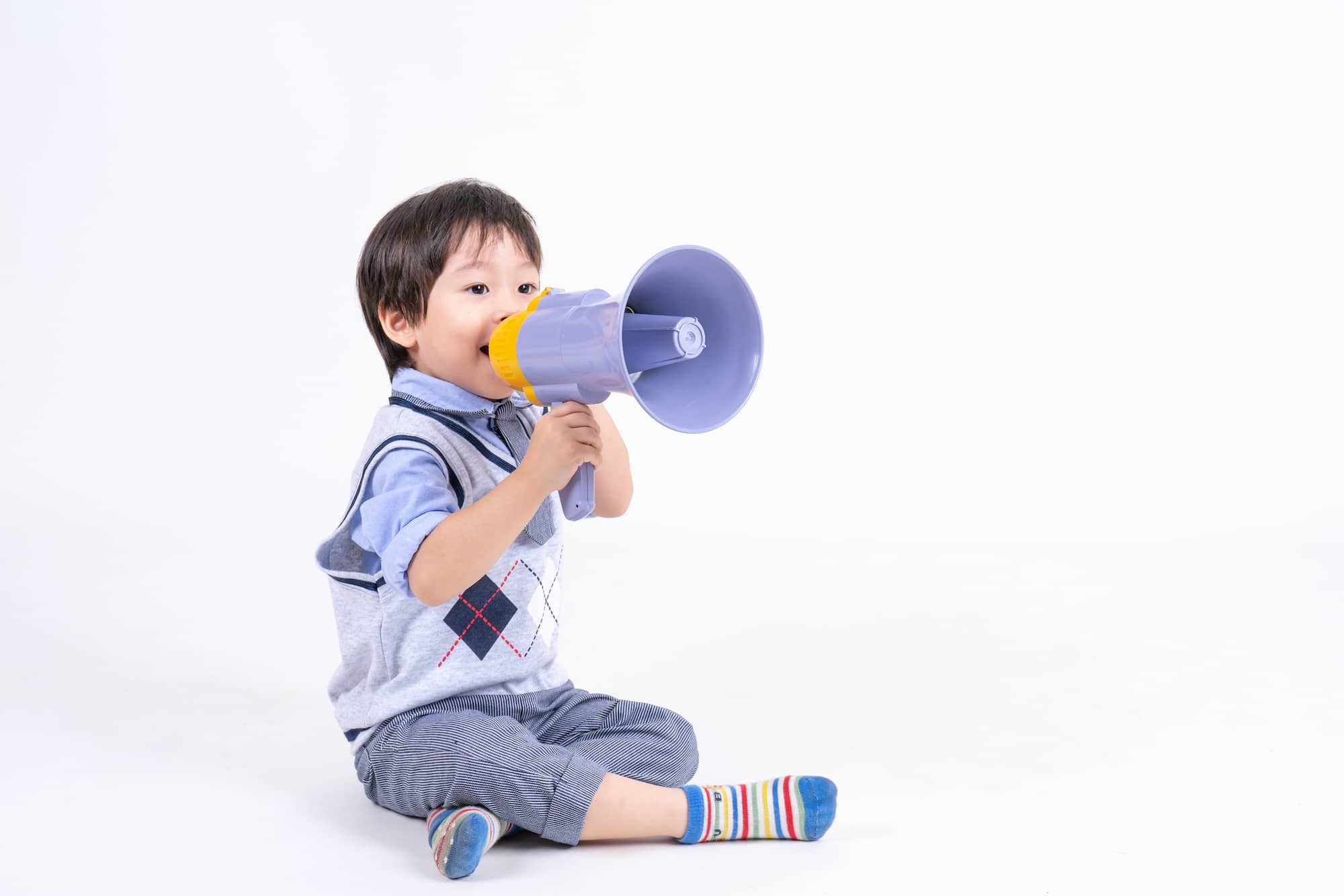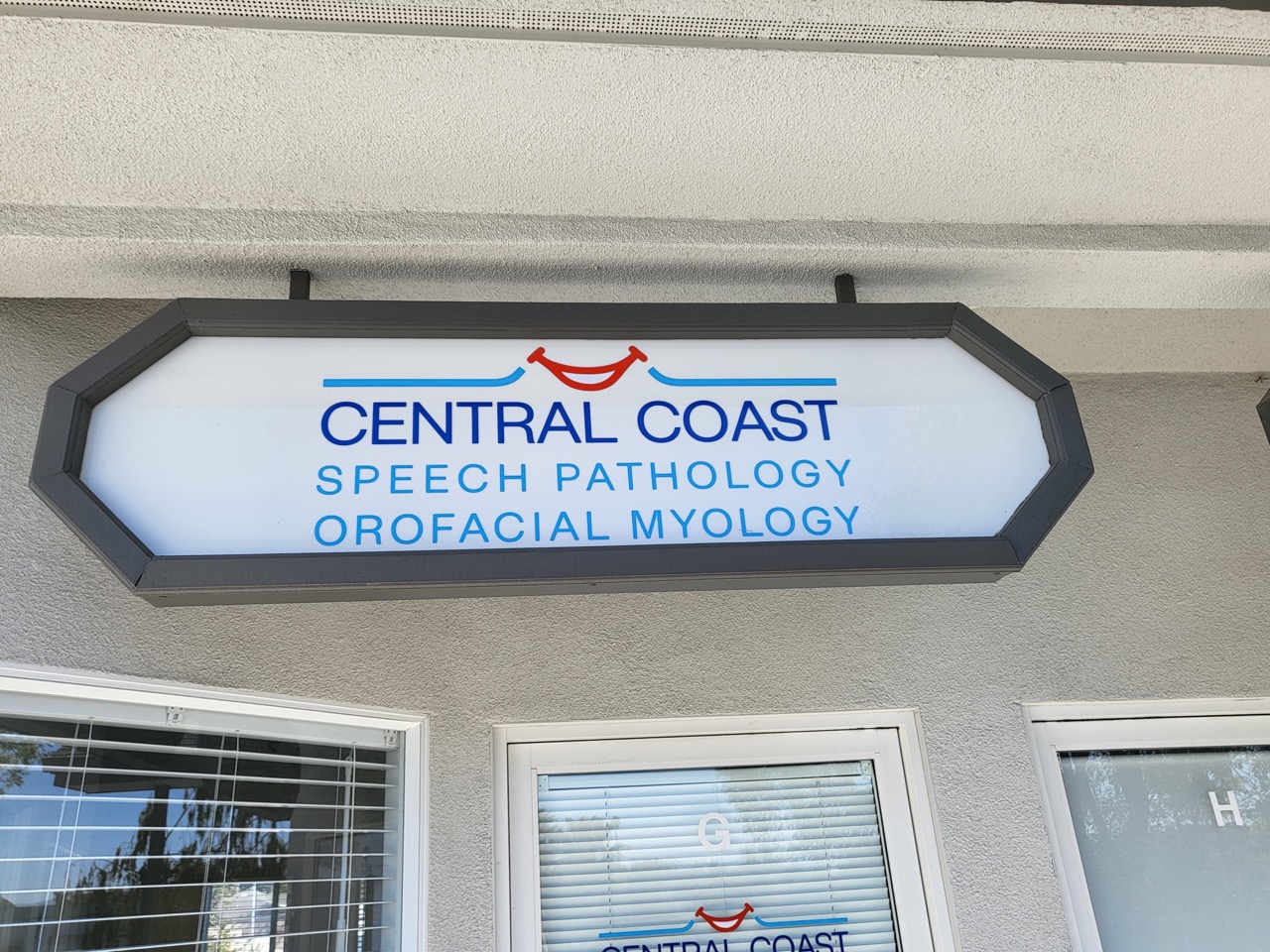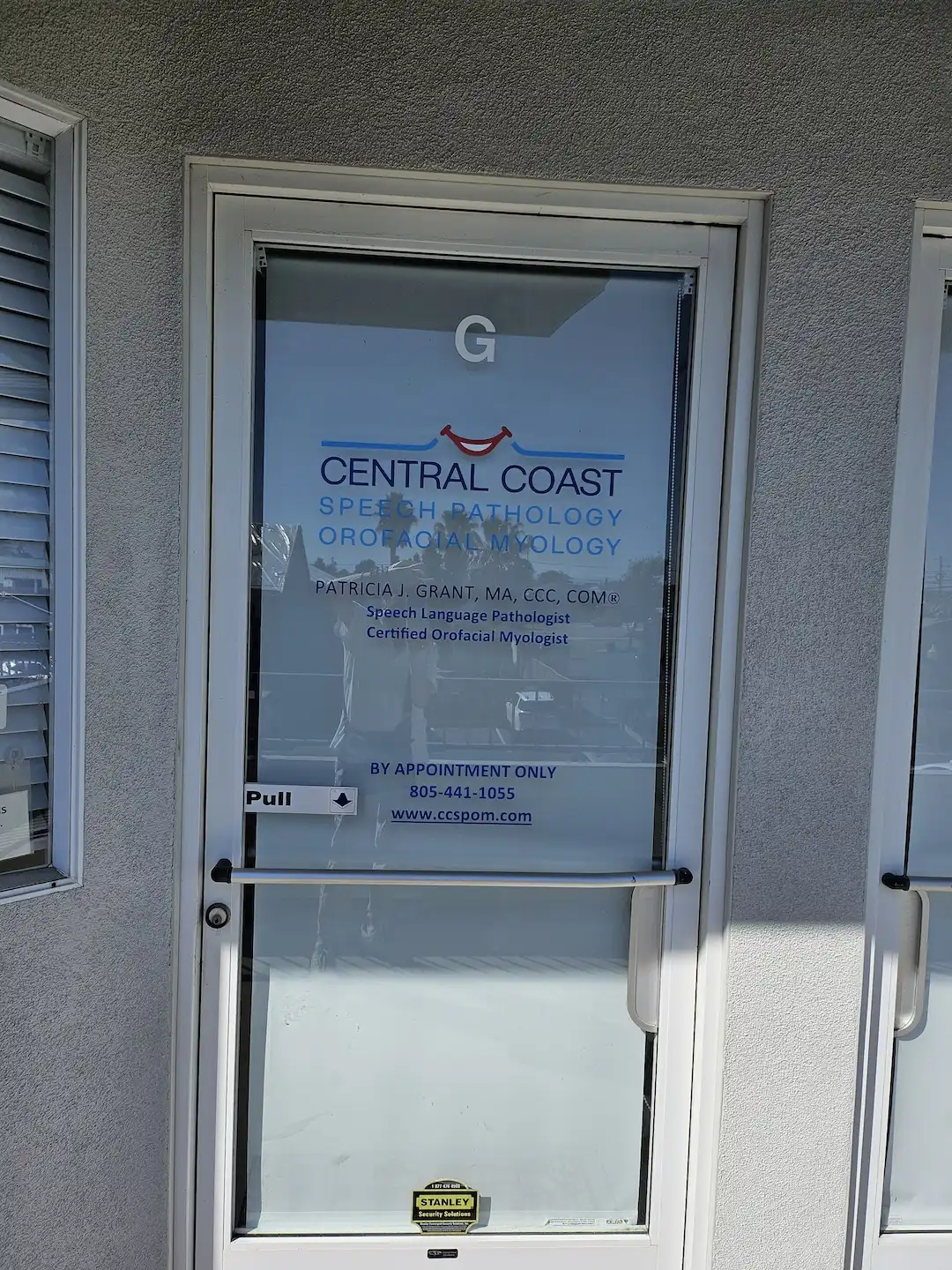Childhood Apraxia of Speech
Most children learn to speak with little difficulty and can easily be understood by adults and peers. In contrast, children with childhood apraxia of speech (CAS) struggle to learn speech sounds,syllables, and words and experience frustration when attempting to communicate. Children with CAS typically have a strong understanding of language and know what they want to say. However, CAS impairs the child’s ability to learn or perform the complex sequences of movements required for clear,understandable speech.
We provide an evidence-based, proven and effective therapy program to help you express your best self that has been tested over 35 years.
We are one of the few practices that accepts insurance.
Definition
Childhood apraxia of speech (CAS) is a neurological childhood (pediatric) speech sound disorder in which the precision and consistency of movements underlying speech are impaired in the absence of neuromuscular deficits (e.g. abnormal reflexes, abnormal tone). CAS may occur as a result of known neurological impairment, in association with complex neurobehavioral disorders of known and unknown origin, or as an idiopathic neurogenic speech sound disorder. The core impairment in planning and/or programming spatiotemporal parameters of movement sequences results in errors in speech sound production and prosody. (ASHA, 2007b, Definitions of CAS section, para. 1).
Signs and Symptoms
RED FLAGS FOR CHILDREN 1-2 YEARS OF AGE:
- Late emergence of first word
- Vocabulary of less than 50 words by age 2 years
- Few sounds in repertoire
- Does not add new words each month
- Not beginning to put 2 words together
- Shows frustration with inability to communicate
RED FLAGS FOR AGES 3-4:
- Not using 2-3 word phrases
- Limited vocabulary
- Uses gestures more than speaking to communicate
- Speech not understood by familiar adults
NOTE: Diagnosis of CAS in children under 3 years of age is challenging for a variety of reasons such as difficulty determining inability vs. unwillingness, the possibility of comorbid conditions, etc. Because of this, diagnosis below age 3 years is best categorized under a provisional diagnostic classification, such as”CAS cannot be ruled out: “signs are consistent with problems in planning the movements required for speech,”; or “;CAS is suspected”.
The following characteristics have been reported in children aged 5 and up diagnosed with CAS that represent difficulty with the planning and programming movement gestures for speech Include:
- articulatory groping—articulatory searching prior to voicing consonant distortions;
- difficulty with smooth, accurate movement transitions from one sound to the next;
- increasing difficulty with longer or more complex syllable and word shapes;
- schwa additions/insertions—insertion of schwa (uh) between consonants or at the end of words;
- slower than typical rate of speech syllable segregation—pauses between sounds, syllables, or words that affect smooth transitions;
- voicing errors—voiceless sounds produced as their voiced cognates;
- and vowel errors—vowel distortions or substitutions.
See Iuzzini-Seigel (2017) and Strand (2017) for summaries of CAS characteristics that help discriminate CAS from other speech sound disorders and that represent expert consensus.
Causes:
CAS can be congenital, or it can be acquired during speech development. Both congenital and acquired CAS can occur:
- as an idiopathic neurogenic speech sound disorder (i.e., in children with no observable neurological abnormalities or neurobehavioral disorders or conditions);
- as part of a complex neurobehavioral disorder or syndrome. (autism, Prader-Willi, Rett Syndrome, etc)
- in association with known neurological events (e.g., intrauterine or early childhood stroke, infection, trauma, brain cancer/tumor resection; see, e.g., Brown et al., 2000).
- Recent research continues to find a link between the FOXP2 gene and apraxia of speech,although it is likely that more than one gene is responsible (Adegbola et al., 2015; Laffin et al.,2012; Reuter et al., 2017).
Assessment:
Case History: birth history, family history, newborn feeding/sleeping issues, illnesses, allergies, communication and other developmental milestones
- Sound System Assessment: phonetic and phonemic inventories, standardized tests
- Oral Structural-Functional Examination: size and position of oral/speech structures,
- Motor Speech Examination: Evaluation of movement accuracy. Using a variety of tasks, we look for the presence of features and other clinical characteristics of CAS to help identify the presence of motor-based planning and speech difficulties including non-speech movement accuracy vs. speech movement accuracy, single sound production vs. syllables, words,sentences, etc.
Treatment:
Motor speech disorders require repetitive planning, programming, and production practice; therefore,intensive and individualized treatment of childhood apraxia is often necessary (see, e.g., Maas,Gildersleeve-Neumann, Jakielski, & Stoeckel, 2014; Namasivayam et al., 2015; Skinder-Meredith, 2001).
Treatment goals for CAS focus on improving overall communication skills by increasing speech production and intelligibility. Treatment is individualized to each patient’s unique needs and usually involve 1-3 sessions per week combined with a strong home program.
CCSPOM utilizes a motor -based approach utilizing motor learning principles including the need for many repetitions of speech movements to help the child acquire skills to accurately, consistently, and automatically make sounds and sequences of sounds. Following the latest research, our treatment approach emphasizes movement patterns vs. sound patterns utilizing the following techniques:
Sensory cueing: involves using the child's senses (e.g., visual, auditory, proprioceptive, and/or tactile cues) to teach the movement sequences for speech. Sensory cues can be used separately or in combination (i.e., multisensory approach). These approaches may facilitate speech production by providing additional feedback to the child.
Visual cueing: provide visual "cues" as to the shape, placement, or movement of the articulators.
Verbal/auditory cues provide instruction on how to move the articulators during production attempts (“spread your lips wide”) in order to assist the child in making more accurate movement gestures for speech.
Tactile facilitation: provide direct tactile input for correct speech production. Using these methods, the SLP applies pressure or otherwise touches the child’s face, neck, and head to provide a tactile cue for correct production or speech movement gesture.
Parents and family are an integral part of treatment for CAS and caregivers are encouraged to observe and participate in therapy sessions, especially with toddlers and preschoolers. Home programs are provided in order for the child to obtain experience and practice at home as well as inthe office. Practice principles are research based and:
- provide frequent and intensive practice of speech targets.
- focus on accurate speech movement.
- include external sensory input for speech production (e.g., auditory, visual, tactile, and cognitive cues).
- carefully consider the conditions of practice (e.g., random vs. blocked practice of targets); and
- provide appropriate types and schedules of feedback regarding performance (Maas et al., 2008).
Our therapy follows developmental sequences for the acquisition of speech sounds, syllable, and word shapes, and connected speech. Facilitating the normal functions of all speech systems: breathing, voicing, articulating, resonating, we incorporate whole body movement to facilitate speech movements.
Reference: ASHA

OROFACIAL MYOFUNCTIONAL DISORDERS
Orofacial myofunctional disorders (OMDs) are abnormal movement patterns and resting postures of the face and mouth that interfere with normal growth, development, and function of the orofacial structures including the teeth.

Stuttering
Stuttering is a communication disorder characterized by excessive involuntary disruptions in the smooth and rhythmic flow of speech, particularly when such disruptions consist of repetitions or prolongations of a sound or syllable, and when they are accompanied by emotions such as fear and anxiety, and behaviors such as avoidance and struggle.

Childhood Apraxia of Speech
Most children learn to speak with little difficulty and can easily be understood by adults and peers. In contrast, children with childhood apraxia of speech (CAS) struggle to learn speech sounds,syllables, and words and experience frustration when attempting to communicate.

Speech Sound / Articulation Disorders
Articulation disorders focus on errors such as substitutions and distortions during the actual motoric production of individual speech sounds.In addition, rule based errors or phonological processes can also be impacting the production of whole groups of sounds.




